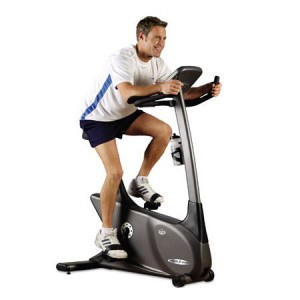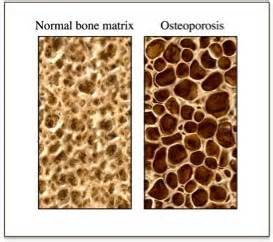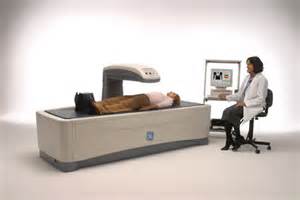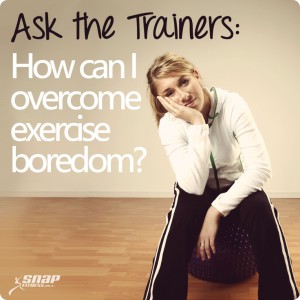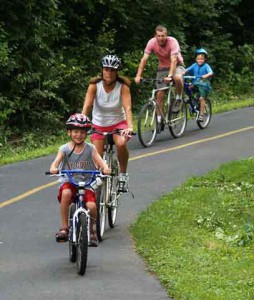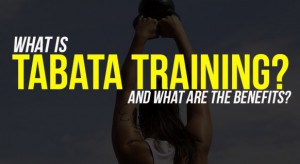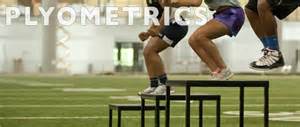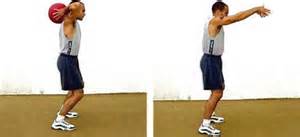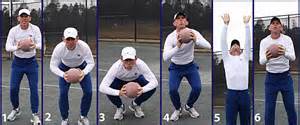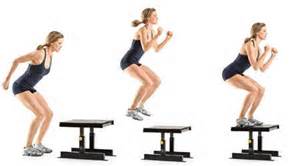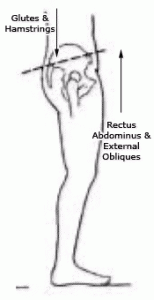By Alex Myers
As someone in the fitness professional field, one of the biggest problems I see with clients in keeping their motivation to exercise. It’s easy to stick with a workout routine in the beginning, but a lot of the times it will end becoming boring or just not fun anymore to the client. Here are a few tips to try and keep that motivation up and keep going!
• Role models. Find someone that has what you are looking for in your fitness goals, weather it be a super flexible gymnast or an amazing athlete, having someone that you can strive to be more like will help keep your motivation going. It is a great way to remind yourself why you’re in the gym day in and day out.
• Smart goals. One of the biggest things we try and do with our clients is set smart, attainable goals that can be reached. You want a goal that is challenging enough to keep you going but not something that is too easy to reach. Start with something like, “I will workout 3 times this week.” And once you have a routine then move up to something a little tougher.
• Rewards. Rewarding yourself for hitting each one of your smart goals is a great way to keep your motivation up. Remember that the reward should match your goal, if your working out to loose weight you don’t necessarily want to reward yourself with food.
• Buddy system. Having a partner that you can workout with is one of the most motivating things you can do to keep yourself going. It not only gives you someone to relate with while exercising but it will also hold you accountable to exercise. If your buddy is waiting for you at the gym everyday you are less likely to not show up.
• Make it fun. If your in the gym doing the same thing everyday it will begin to become boring and stale. Try to mix up your workouts, if you’re only doing cardio try and do different types of cardio a few times a week. Instead of just running on the treadmill you might try playing basketball or soccer, or just try a different machine like an elliptical.
These few simple tips will help you to stay motivated and continue to work out. Try to remind yourself everyday why you are putting in your time and hard work and the result will follow. Before you know it, you will fall in love with exercising and it will be what you look forward to everyday!
